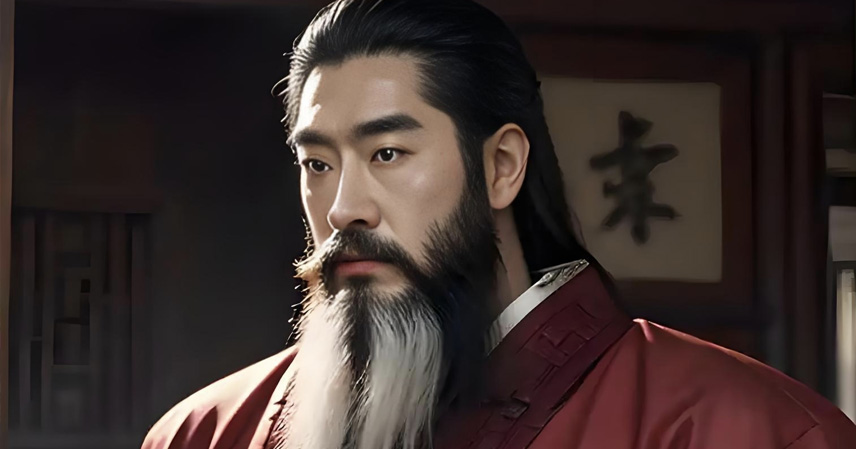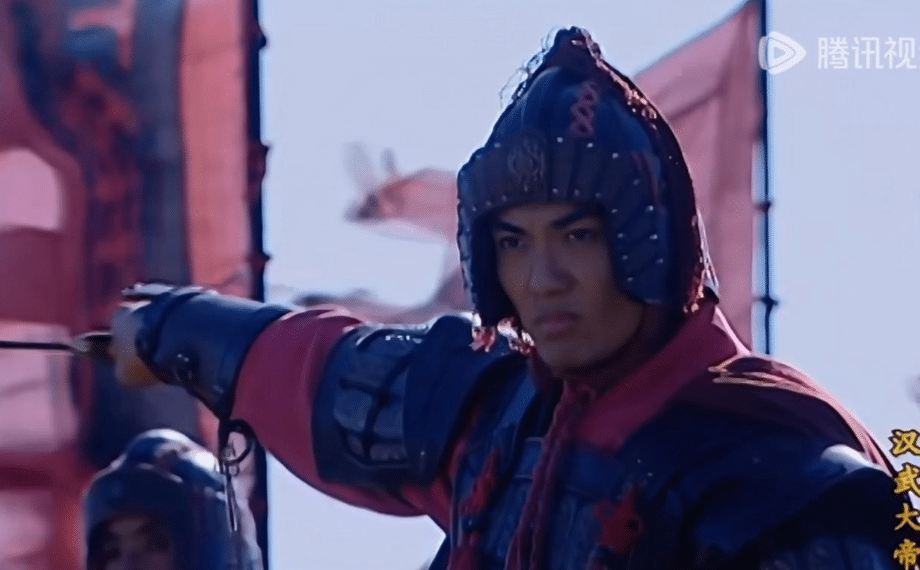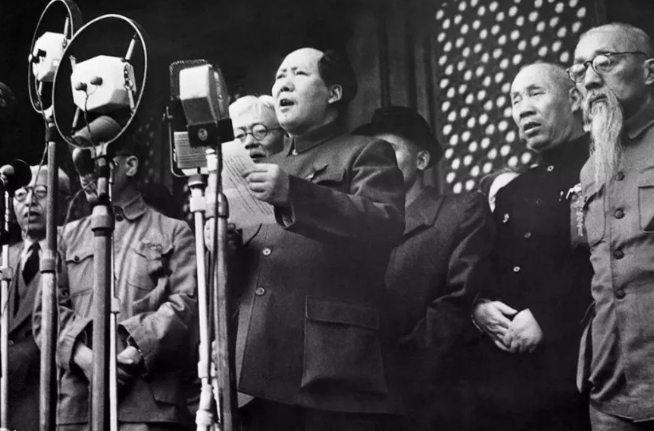Stroll any modern street, and bearded elders are a rarity. Yet ancient portraits—from Qin Shi Huang to Kangxi—bristle with flowing facial hair. Texts like the Wuzazu spotlight legends: Cui Yan’s four-foot whiskers, Xie Lingyun’s ground-skimming mane, and Guan Yu’s emblem of loyalty. Ancient Chinese beards weren’t mere style—they symbolized wisdom, status, and virility.
Darwin likened them to a lion’s mane: protective flair and a buffer against blows. Studies confirm: furred skin absorbs 16% more impact than bare. In battle, a thick beard could blunt punches, blending utility with intimidation.
From “Hu People” to Facial Forest: Etymology and Anatomy
The term “beard” (húzi) derives from “Hu people”—northern nomads with lush growth, dubbed so by Tang-era Han for their hirsute traits. Ancients parsed precisely: upper-lip zi, cheek ran, chin xu.
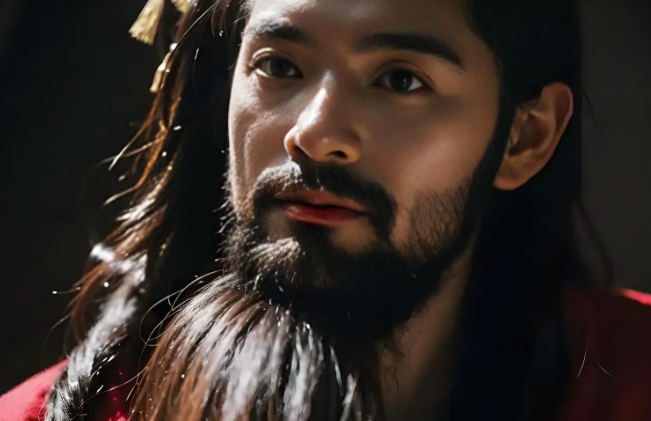
Shaving crossed into punishment: “nai” stripped beards and sideburns, a grave shame per the Xiaojing‘s filial piety edict—”body, hair, skin from parents.” Qin codes mandated it for spousal abuse, equating disfigurement to moral failing.
Han Prestige: Beards as Badges of Office
In Han times, beards factored into bureaucracy. The Han Ji Yi sought “beautiful mustaches, resonant voice” for envoys. Guan Yu’s famed whiskers demanded a silk pouch—gifted by Cao Cao, flaunted at Emperor Xian’s court.
Wei-Jin Shift: Powdered Perfection Over Prickles
Wei-Jin elites flipped the script: “incense robes, shave faces, apply powder and rouge.” The Yan Shi Jia Xun lambasted this effeminacy, yet Zhang Hua bucked trends, pouching his long beard.
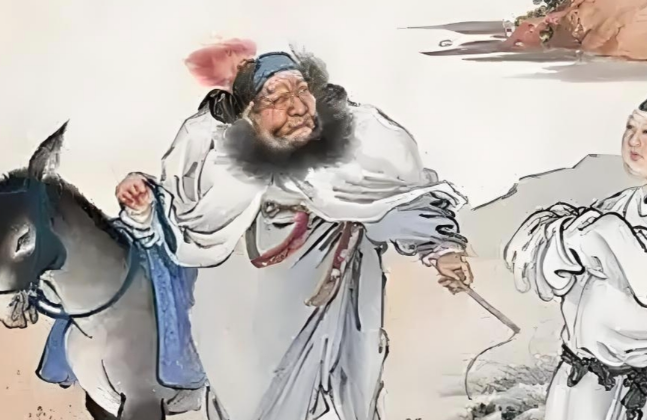
Tang Revival: Curly Crowns and Legendary Locks
Tang emperors reclaimed the look—Taizong’s curly ran, Xuanzong’s “Curly Beard Sovereign” moniker. The fictional Xu Ran Ke earned his alias from a stellar set.
Song Snips and Dyes: Barbers and Banter
Song streets buzzed with beard-trimmers, as in the Qingming Shanghe Tu scroll. Su Shi dyed for youth; a tale mocks an official whose wives plucked wrong whiskers, leaving him chin-bare.
Yuan-Ming-Qing: Dyes, Combs, and Partial Shaves
Yuan’s Shi Tianze blackened grays; Ming’s Zhang Juzheng’s reached his belly, lead-combed daily. Qing mandated queue but spared beards.
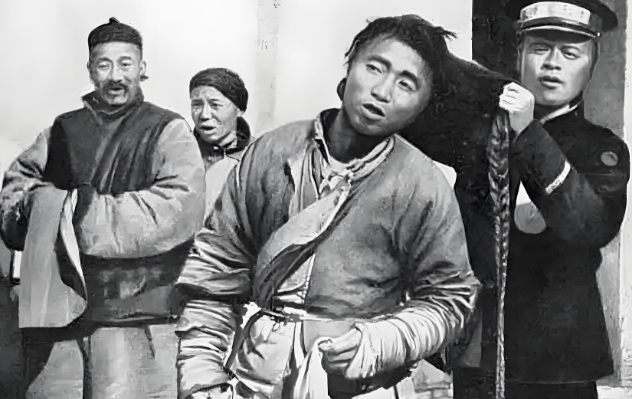
Modern Shave: Revolution, Plague, and Razors
Xinhai’s queue purge swept beards too; Wan Zengqi noted old shops yielding to glassy salons. The 1918 flu spotlighted hygiene—beards as germ traps. WWI masks demanded clean seals; disposable blades eased the shift.
Republic fads: Kaiser’s upturned, Yuan Shikai’s; Japan’s “sanitary” or “Ren Dan” mini-mustaches.
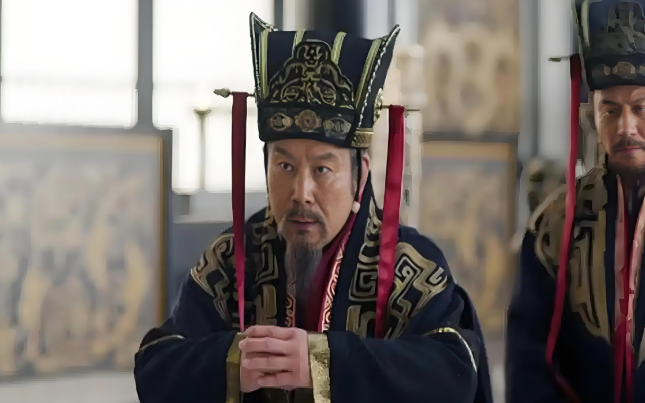
Today: Stubble Over Splendor
Electric razors zip through; laborers gripe beards snag work, suits favor sleek professionalism. Hip youth sport chin straps for edge, but Guan Yu-scale? Subway photo bait.
From “muddy whiskers” scorn to “pale, beardless” ideal, beard evolution in China mirrors masculinity’s flux—timeless yet trend-tied. Spot on?
References
- The World of Chinese: Best Beard Fashions in Ancient Times (Sep 3, 2022)
- Tendenzblick: How Beards Faded from Chinese Faces Through History (Sep 5, 2025)
- China Sage: Chinese Character Hú (Beard)
- Quora: Why Was Cutting Hair a Greater Punishment Than Death in Ancient China? (Dec 4, 2018)
- The World of Chinese: Legal Tangle—China’s Weirdest Ancient Laws (Nov 17, 2021)
- Vox: A Brief History of Beards and Pandemics (Mar 30, 2020)
- Wikipedia: Queue (Hairstyle)

